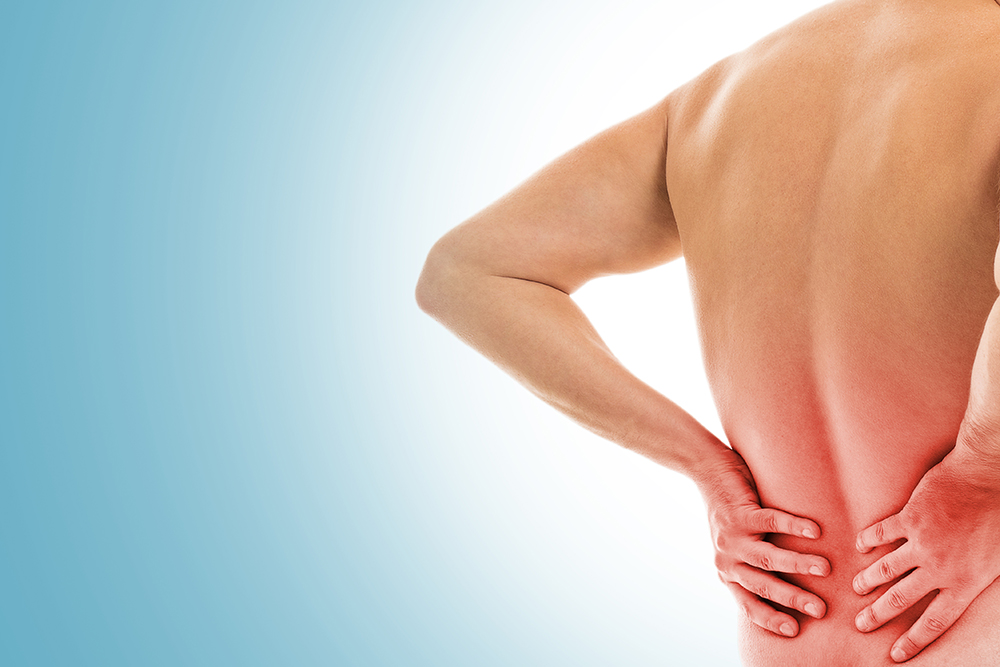
This article was published on: 09/26/23 12:31 PM
Everyone, regardless of age or background, is susceptible to back pain. Finding appropriate therapies is crucial for raising the quality of life for those who experience it, which can range from slight discomfort to crippling anguish. The positive aspect is that there are several choices for treating back pain. Individuals can eventually restore mobility, relieve discomfort, and regain their independence with the proper treatment strategy. Traction therapy, a non-invasive approach meant to relieve back pain, is one alternative for treatment that has grown in favor recently. This blog will explore the idea of traction treatment and explain how it can help with back pain.
What is Traction Therapy?
In traction therapy, the spine is gently stretched using mechanical or manual forces. In order to relieve pressure on the spinal discs, nerves, and other structures, space must be made between the vertebrae. In turn, this can ease discomfort and increase movement.
How Does Traction Work?
There are two main types of traction therapy:
Manual Traction: In this technique, an experienced physical therapist applies controlled force with their hands to particular regions of the spine. To meet the patient’s needs, the therapist modifies the traction’s force and angle.
Mechanical Traction: This method applies regulated and consistent traction to the spine using specialized equipment, such as traction tables or devices. In therapeutic settings, mechanical traction is frequently utilized because it enables exact adjustments.
Traction therapy for back pain benefits include
Pain reduction: Many patients experience instant pain relief when traction therapy relieves pressure on compressed spinal tissues.
Increased Mobility: By reducing spinal compression, traction can increase a person’s range of motion and flexibility in the affected area, making it simpler for them to carry out daily tasks.
Avoiding Surgery: Traction therapy is a non-invasive treatment option for back pain, giving patients who prefer to avoid invasive procedures a choice.
Improved Healing: By increasing blood flow and nutrient delivery to the injured or degenerating spinal discs, traction can aid in their recovery.
Traction therapy is commonly used to treat various back conditions, including herniated discs, sciatica, degenerative disc disease, and spinal stenosis.
For those dealing with this widespread problem, traction therapy is a promising way to reduce back pain and enhance overall quality of life. Consider talking to your doctor about traction therapy if you have back pain and are looking for non-invasive treatment options. They can assist in determining whether this course of treatment is appropriate for your symptoms and direct you toward a pain-free, more active lifestyle. Always keep in mind that when looking into back pain treatment alternatives, individualized advice from a medical practitioner is essential.